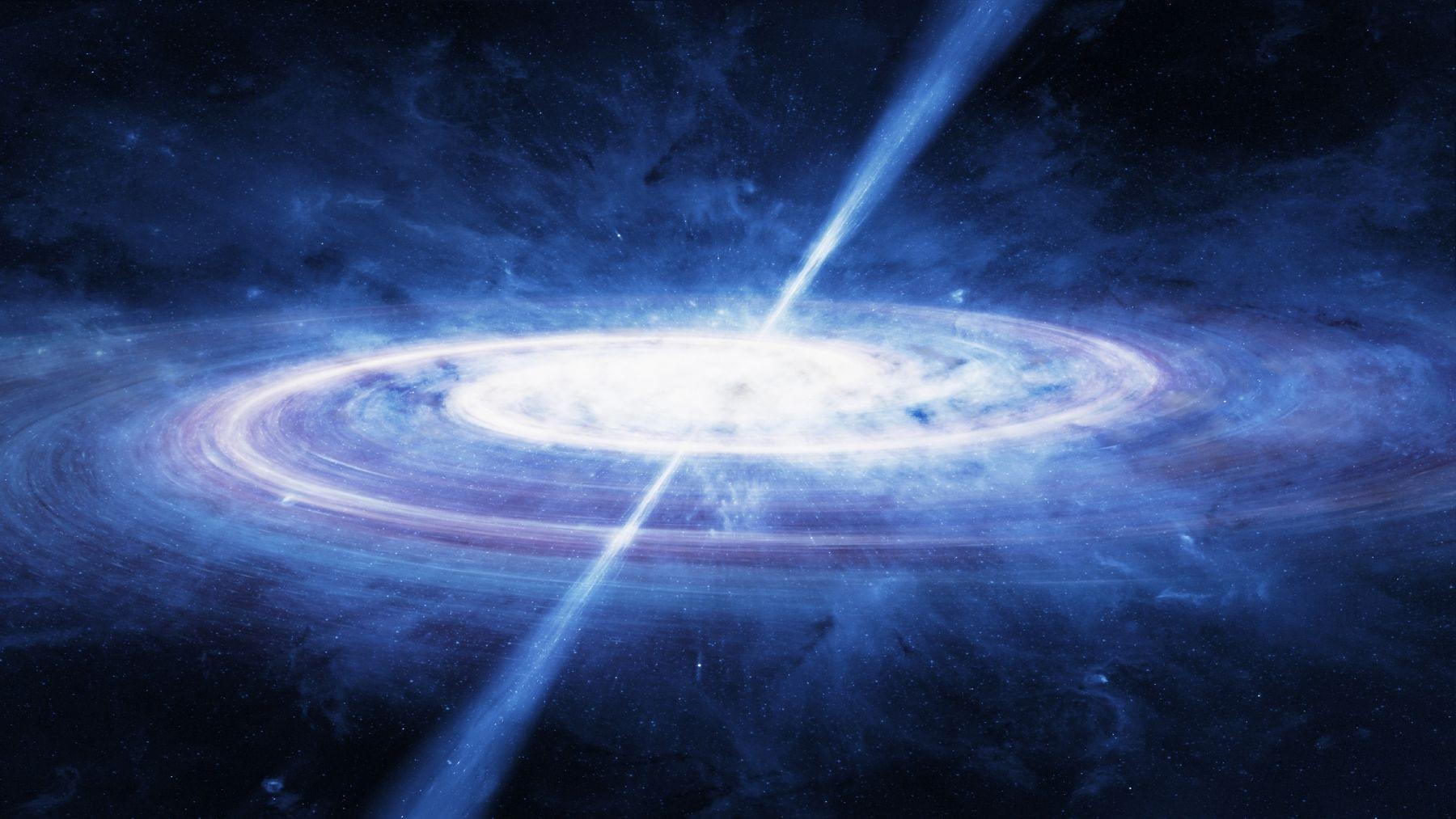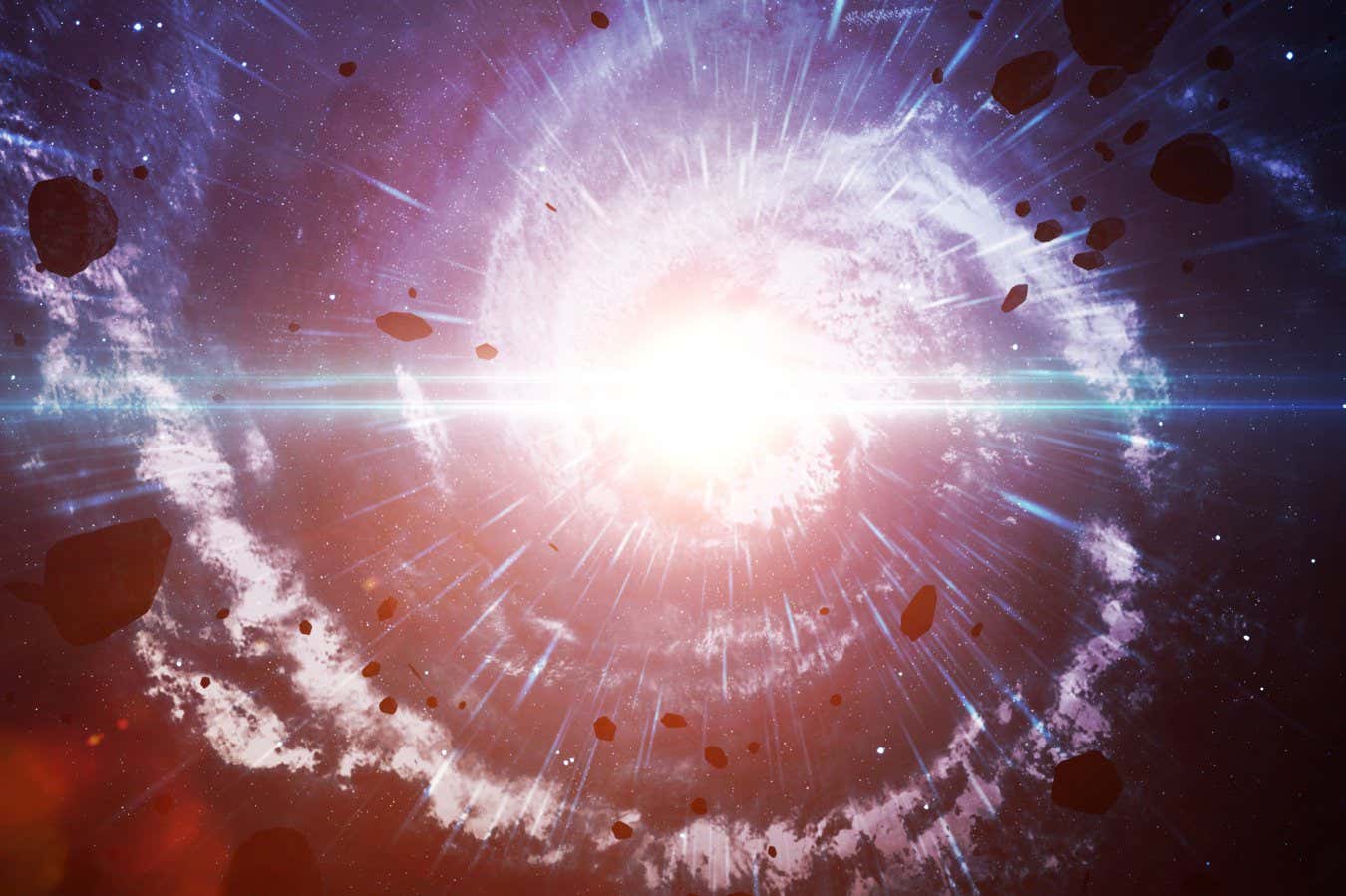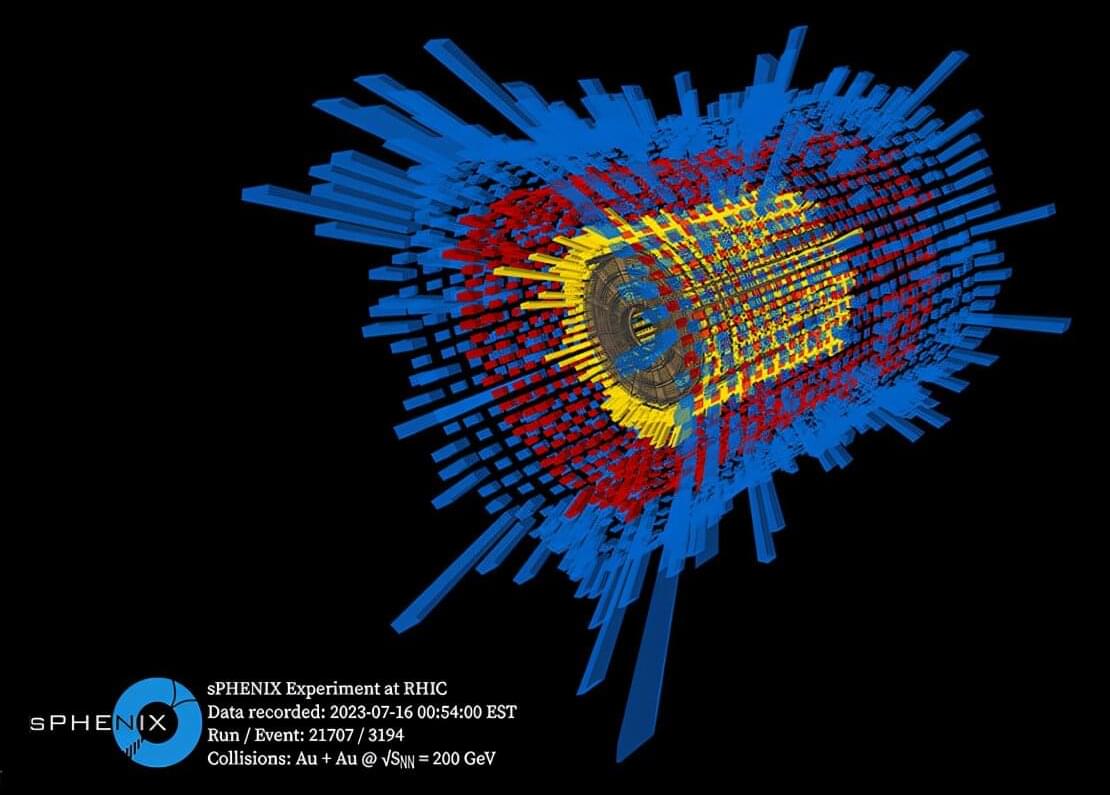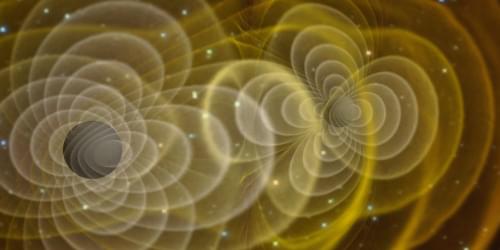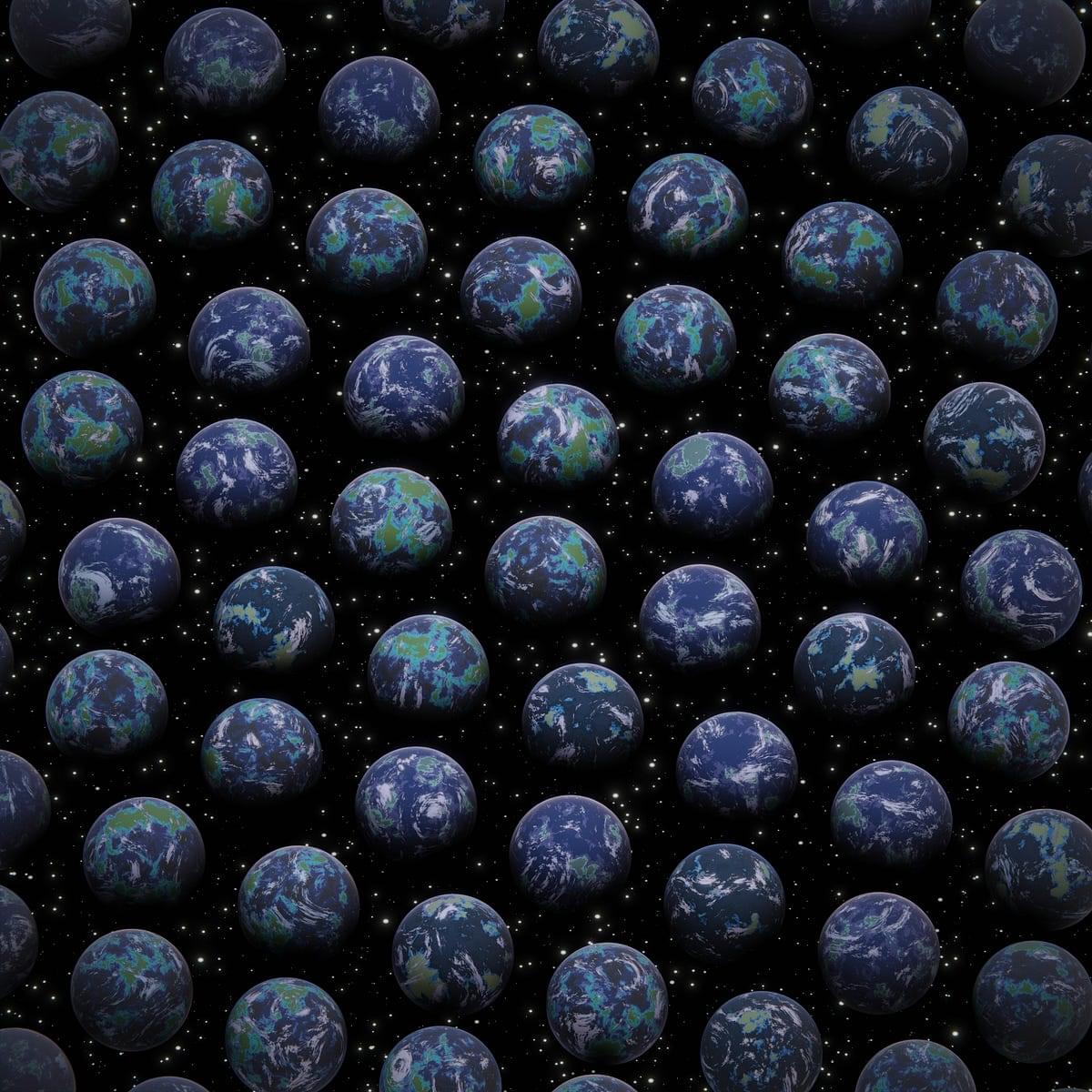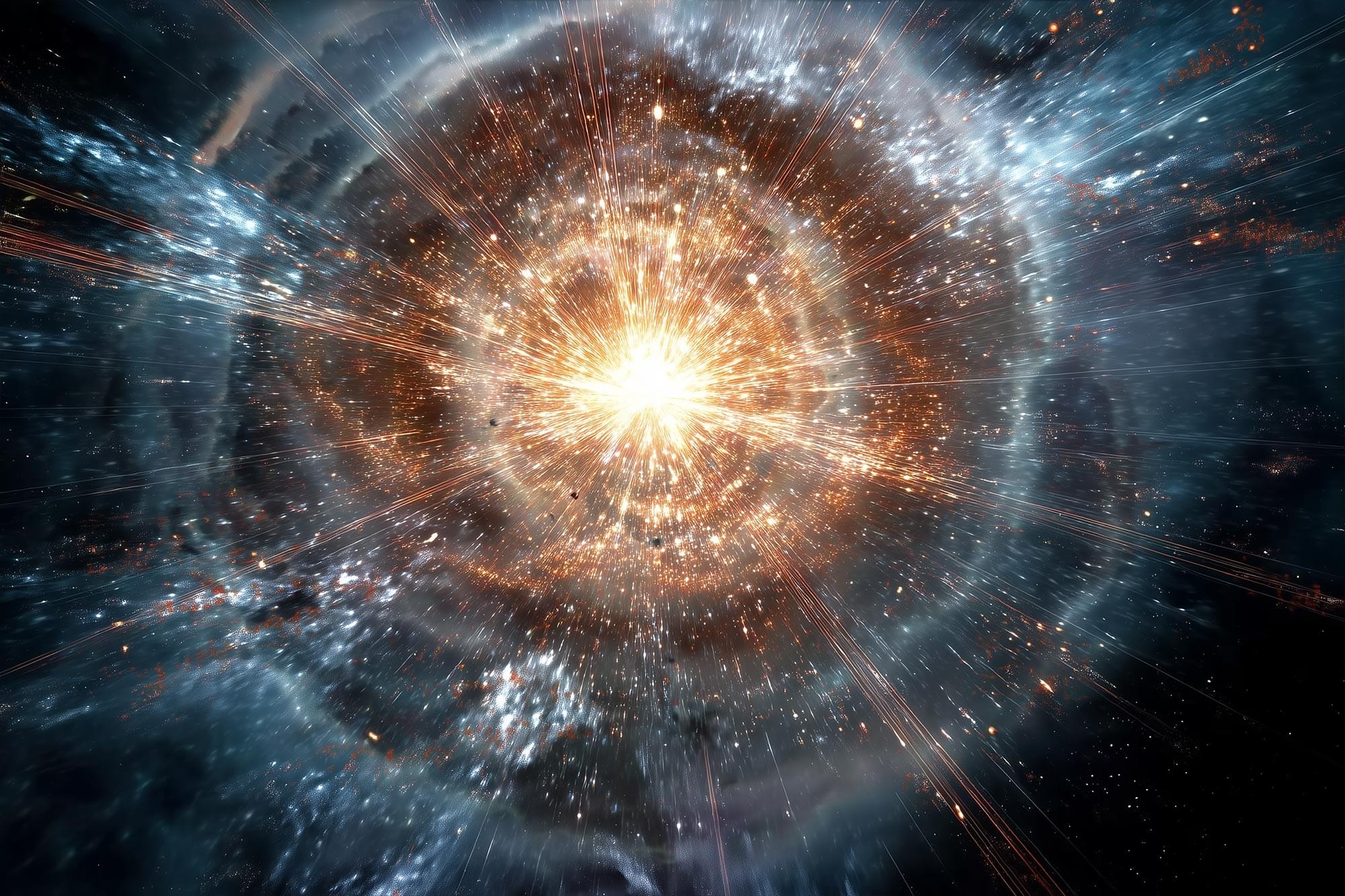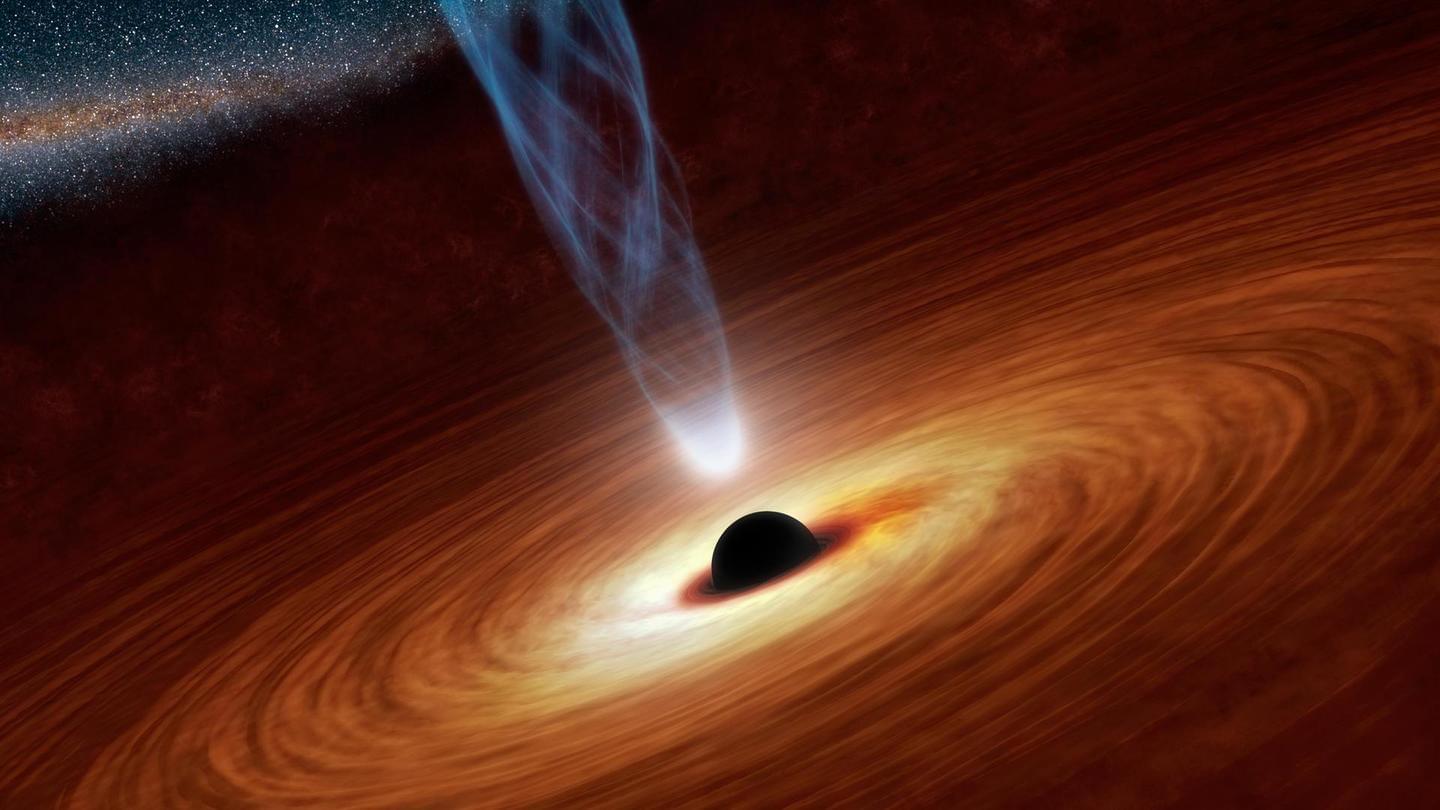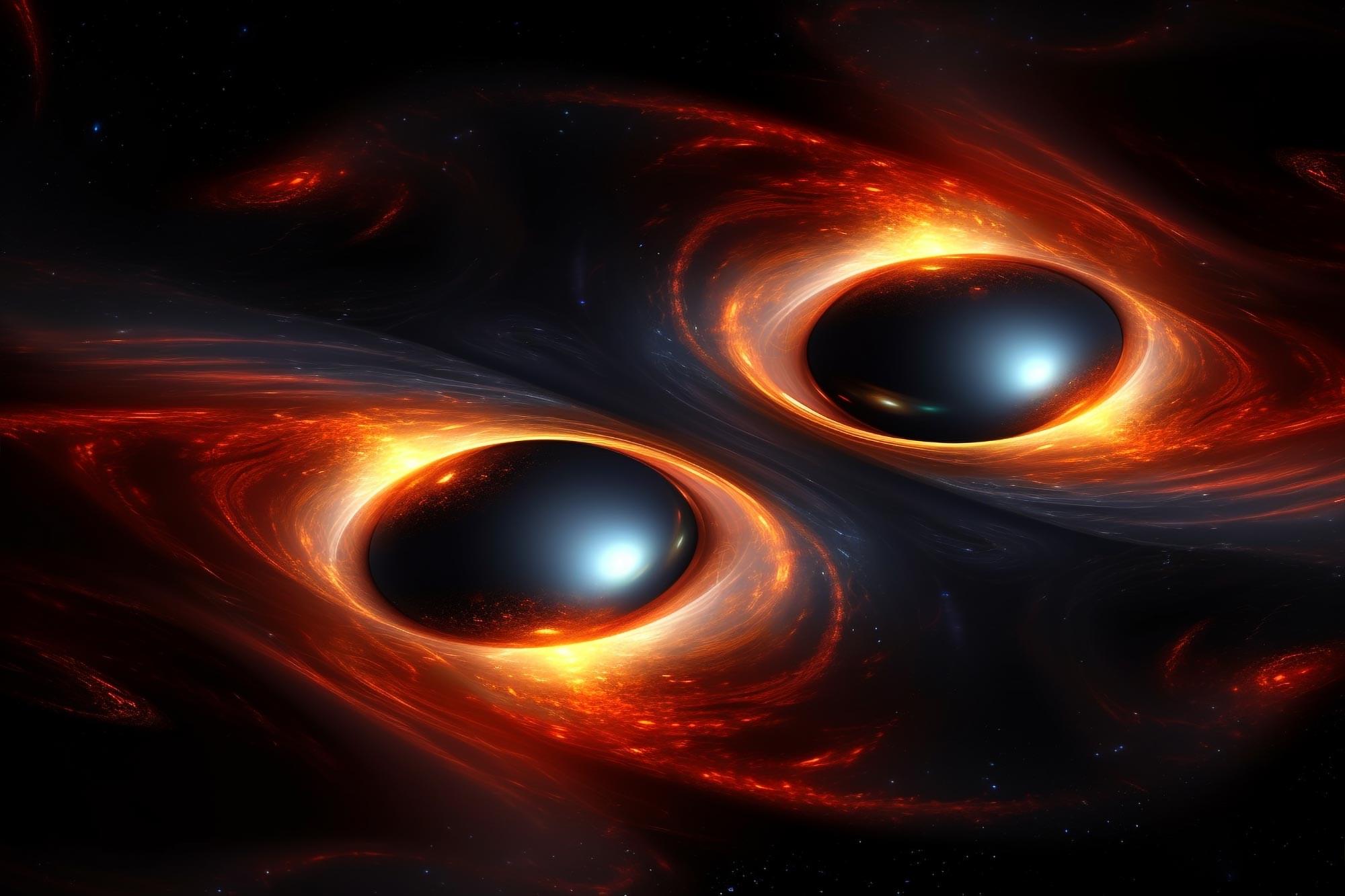Physicists have detected the biggest ever merger of colliding black holes. The discovery has major implications for researchers’ understanding of how such bodies grow in the Universe.
“It’s super exciting,” says Priyamvada Natarajan, a theoretical astrophysicist at Yale University in New Haven, Connecticut, who was not involved in the research. The merger was between black holes with masses too big for physicists to easily explain. “We’re seeing these forbidden high-mass black holes,” she says.
The discovery was made by the Laser Interferometer Gravitational-Wave Observatory (LIGO), a facility involving two detectors in the United States. It comes at a time when US funding for gravitational-wave detection faces devastating cuts. The results, released as a preprint on the arXiv server1, were presented at the GR-Amaldi gravitational-waves meeting in Glasgow, UK, on 14 July.

